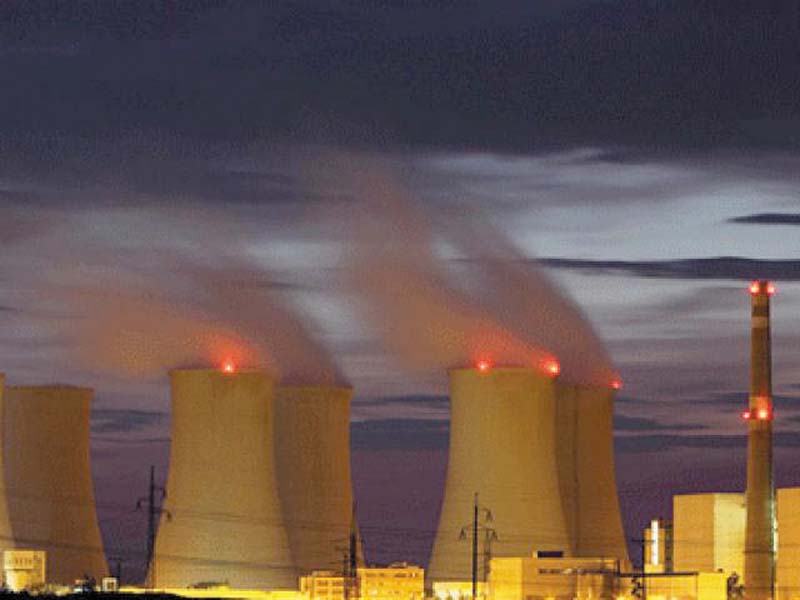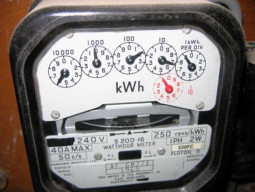
According to a senior official of the Ministry of Water and Power aware of the development, the ministry floated a proposal in a high-level meeting chaired by the prime minister for placing a cap on imported fuel consumption in power generation as electricity was expected to be in surplus in 2022.
“With the building of new dams and utilisation of huge Thar coal reserves, the reliance on imported fuels could be reduced,” the official quoted the ministry as saying.
While saying that furnace oil consumption should be brought down in the national interest, the ministry emphasised the need for a comprehensive assessment of the sustainability of domestic resources such as natural gas and Thar coal before restricting the use of imported fuels.
The ministry also suggested to the premier that a cap should be placed on nuclear power projects as their production cost stood very high. Meeting participants noted that the Strategic Plans Division had requested for giving a briefing to the prime minster on the nuclear power generation, therefore, the cap should not be considered until the presentation was given.
Minister of Planning, Development and Reform Ahsan Iqbal said the government was determined to utilise hydel sources for power generation. In that regard, he said, construction of Munda Dam should be considered as apart from power generation, the dam would play a pivotal role in flood mitigation in Khyber-Pakhtunkhwa.
The Ministry of Water and Power also suggested restricting the share of renewable energy at 10% of the total installed capacity, saying solar and wind power projects were operating at a much lower efficiency and creating problems for the national grid.
The government of Sindh has issued 51 Letters of Intent (LoIs) for the installation of wind power plants in the province whereas Punjab is in the process of providing the LoIs. Attention was drawn to those developments in the meeting.
The power ministry official revealed that Pakistan’s total power generation capacity in 2016 stood at 20,857 megawatts and with the addition of 12,267MW by 2018, the capacity would grow to 33,124MW. It will rise further to 51,694MW by 2022.
Among different sources of electricity, hydroelectric power has a share of 34% in the existing power generation capacity, furnace oil 29%, locally produced natural gas 19%, liquefied natural gas (LNG) 8%, renewable and nuclear energy 5% each.
In 2018 when power production is expected to go up to 33,124MW, the share of hydroelectric power will be 30%, furnace oil 18%, LNG 16%, local natural gas 12%, imported coal 10%, renewable energy 8%, nuclear power 4% and local coal 2%.
However, in 2022, hydroelectric power will likely have a share of 36%, followed by 12% for furnace oil, 10% for LNG, 9% for nuclear energy, 9% for renewable energy, 8% for local natural gas, 8% for local coal and 8% for imported coal.
Published in The Express Tribune, January 5th, 2017.
Like Business on Facebook, follow @TribuneBiz on Twitter to stay informed and join in the conversation.























COMMENTS
Comments are moderated and generally will be posted if they are on-topic and not abusive.
For more information, please see our Comments FAQ